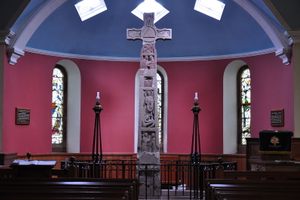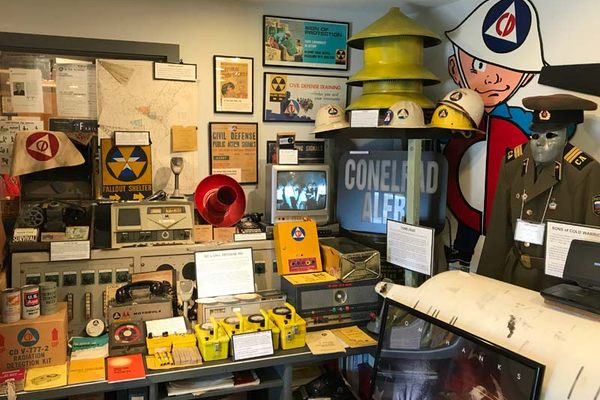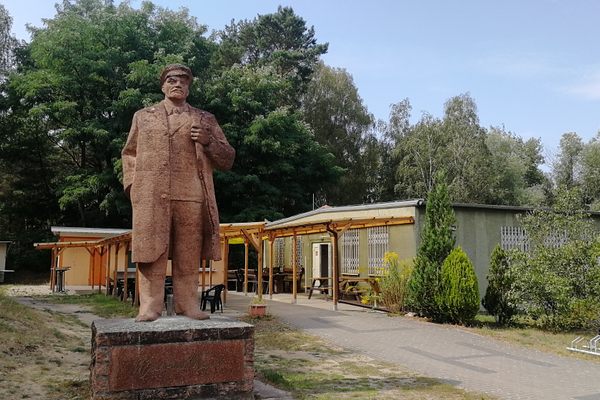About
The Devil's Porridge refers to the explosive that was mixed at HM Gretna. Gun cotton and nitroglycerin were kneaded together by the munitions girls to make RDB cordite. This mixture got its name because looked like a deadly form of porridge.
Prior to the building of HM Grenta, this location was quiet, with only a few farms and villages in the area. Then World War I began. In just 12 months, the government acquired the land and built a massive factory. The HM Gretna site was huge, it covered a distance of nine miles, stretching down to England.
There were 30,000 workers, 12,000 of whom were women. Lots of the munitions girls moved to the area, especially to work at the factory, moving from areas like Durham, Darlington, and Sunderland. The chemicals were highly toxic, the girls' skin would turn yellow and they often lost all of their teeth. The contribution to the war effort made by the munitions girls here at HM Gretna helped women achieve the vote in the United Kingdom.
By 1917, the factory was producing 1,100 tons of cordite a week. This was significantly more than all the other munitions factories in Britain put together. This explosive was then shipped out to the troops on the front line.
The museum has a special version of a train, a fireless locomotive, designed to safely transport the explosive on display in the grounds. The museum tells the story of the girls who worked here and the Irish navvies who built the massive factory.
It also covers a horrific troop train crash at Quintinshill. While the second floor is dedicated to WWII. With a small section covering nuclear power and the local nuclear power station.
Related Tags
Know Before You Go
There is a small carpark on site.
Flavors of Scotland: Beyond the Haggis
Smoked seafood, single malt whisky, and warm hospitality.
Book NowPublished
August 1, 2023



























